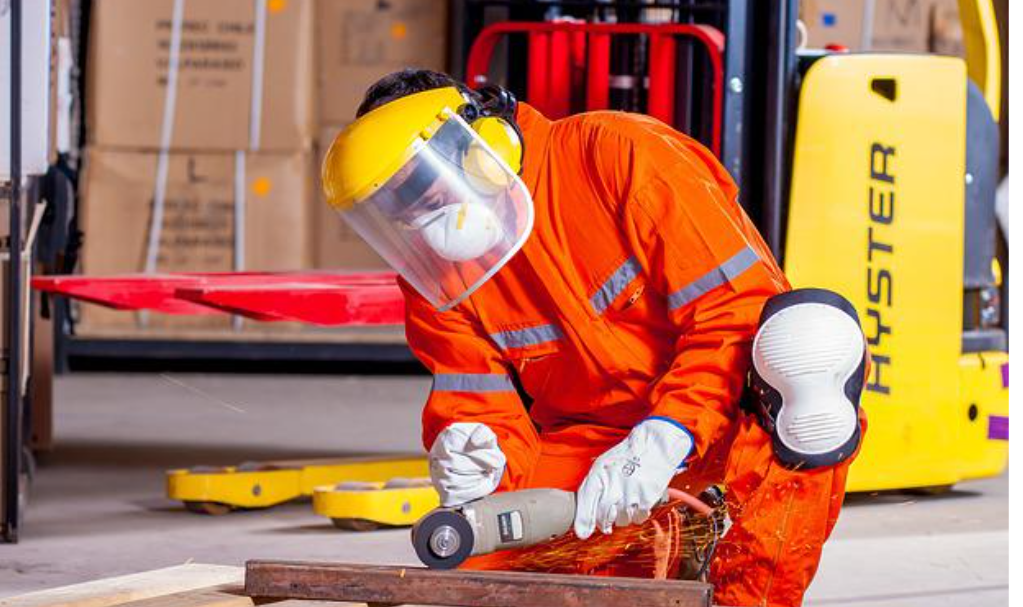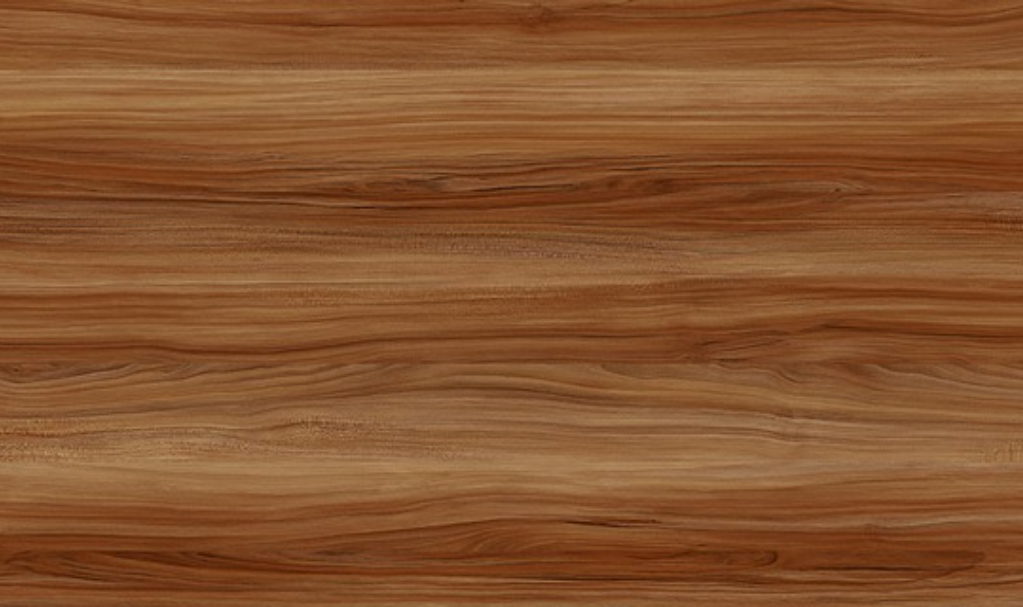There are many woodworkers who believe that using hand tools and only hand tools is the way to make anything.
From furniture to birdhouses, only hand tools will do for them. Others will use a combination of hand tools and portable power tools and perhaps sedentary equipment like a table saw or other large machinery which helps move the process along faster.
Hand tools are quiet and help you connect with the wood on a different level than using machines to rip or cut the wood. Here is a list of several hand tools you should have in case you find yourself wanting to become one with the wood.
Chisels – always purchase a good set of wooden-handled bench chisels (¼ in, ¾ in, 1in) and a ¼ in mortise chisel. Wooden handles are more comfortable and more visually appealing than plastic and if they ever split or get chipped you can replace them with little effort. Western chisels are preferred to Japanese chisels, which some say requires too much work, especially if you’re just getting started in woodworking. If you can afford it, buy a 2 wide bench chisel in addition to the four smaller ones. Its extra-wide blade is ideal for paring tenons.
Sharpening stones – Waterstones are cleaner than oilstones. They come in a variety of grits, 800-, 1,200-, 4,000- and 6,000- grit stones.
Combination square – usually comes in 12 in. this tool will mark out stock at 90 and 45 degrees and can double as a ruler and a marking gauge. Buy the best you can afford because you will be using it the most.
Hammer – a good 13-oz, a claw hammer is ideal for general cabinet work and is useful for installation work as well. They are inexpensive yet get the job done right the first time.
Caver’s mallet – this is useful for driving joints home and for chopping out mortises. A medium-sized turned lignum vitae mallet is approximately $20-25.
Dovetail and Tenon saws – used for cutting small pieces, an 8in dovetail saw with a turned handle and 18 teeth per inch. A 10in brass-backed dovetail saw with 14 teeth per inch for cutting dovetails and tenons. Japanese saws will also do a great job; however, they can require delicate handling and replacement blades are often expensive.
Block plane – block plane can either be a low-angle or a regular angle. They are solid, compact, and well made. A block plane is useful for planning small parts, flushing surfaces, and planning end grain.
Smoothing plane #3 – a smoothing plane is used for the final planning of surfaces as well as for shooting edges on short pieces and for faring joints. Expect to pay upwards of $100 for a good smoothing plane #3.
Rabbet plane – there are several planes that fit the bill, this plane is used to trim rabbets, plane into corners and trim joints flush. Some of them have a removable front half to convert it to a chisel plane.
Spokeshaves – this is a type of plane used primarily to round edges, make spindles, and fair concave curves. The short sole of a spokeshave is mounted between two handles. The blade is generally held in place with a cap iron. They can be used with either pulling or a pushing motion.
Cabinet scrapers – they are inexpensive, work well and last for what seems like forever. Scrapers are good for smoothing hardwood and veneered surfaces, either before or in lieu of sanding.
Burnishers – these are smooth rods of hard steel used to put an edge on a scraper. They can be round, oval or triangular in section. A highly polished burnisher creates a smooth edge on the scraper, which in turn leaves the scraped wood smoother. The shank of a Phillips-head screwdriver often works well as a burnisher.
Drill bits – the drill bits found in a woodshop include twist drills, brad-point bits, Forstner bits, and spade bits, each has distinct advantages and limitations.
Clamps – there are a number of clamps used to squeeze pieces of wood together, particularly during assembly and gluing.
Bar clamps consist of two jaws mounted on a length of steel bar, usually I-shaped in section. A pipe clamp is similar except that it substitutes a pipe for the I-bar and is less ridged. Bar and pipe clamps are best suited for assembling wide surfaces, such as tabletops and for putting together large carcasses.





